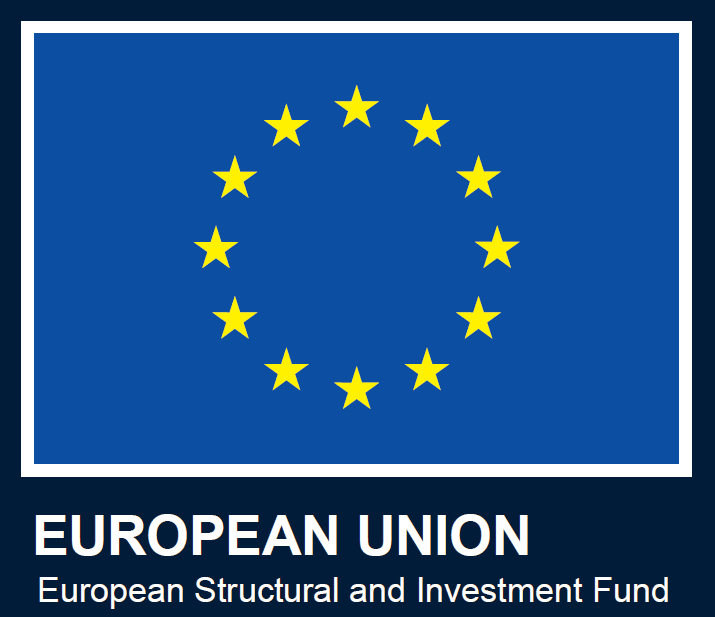- At the centre of the group’s research efforts is the CHOSEN-CAT project, recently selected as the no. 1 project proposal by the Spanish government in its latest ATRAE programme funding call.
IMDEA Materials Institute can now count on a new tool in its arsenal for ever-more sustainable materials development, with the formation of a cutting-edge research group set to advance the field of photo- and electro-catalysis.
The Catalysis and Energy Materials (CEM) research group, led by Dr. Harun Tüysüz, previously of Germany’s Max-Planck Institute für Kohlenforschung, will concentrate on accelerating catalytic transformations through electrocatalysis and photocatalysis.
Their research interests include reactions such as water electrolysis for green hydrogen production, model redox reactions, and chemical polymer recycling.
The design and development of affordable transition metal-based functional electrocatalysts for alkaline water electrolysis for hydrogen production will be one of groups main research pillars, in addition to solar energy conversion to chemical energy through photocatalysis.
Photocatalysis is a powerful tool for chemical transformations under mild reaction conditions by using photogenerated electrons and holes.
The process can utilize the energy delivered by solar light to drive reactions that are difficult, sometimes even impossible, to carry out in the absence of light even at high temperatures.
“Continued development of active, selective, energy efficient, and environmentally friendly materials and catalytic processes is essential for our sustainable future,” explained Dr. Tüysüz.
“Heterogeneous catalysis is at the centre of the chemical and energy industries’ efforts for the conversion of raw materials into value-added products.”
“Solar-driven photocatalysis is eco-friendly and has great potential for the further development of unconventional sustainable and economic catalytic processes,” he added.
The photocatalysis process for these applications, however, requires the development and use of advanced semiconductor materials.
This is the focus of Dr. Tüysüz’s CHOSEN-CAT project, which recently secured funding as the no. 1 ranked proposal in 2023’s ATRAE funding call of the Spanish Ministry of Science, Innovation and Universities.
Dr. Tüysüz is working to harness the potential of halide perovskites, a class of materials known for their excellent light absorption and charge transport properties.
Although halide perovskites are frequently used in solar cells to convert solar energy into electricity, their potential for use in photocatalysis has not been extensively explored. For real applications, the discovery of more stable and durable perovskite compositions is necessary.
“Halide perovskite materials have been in the focus of perovskite solar cell for the past two decades. However, not many researchers have attempted to use these materials as photocatalysts,” said Dr. Tüysüz.
“Our goal is to design and develop distinctive, tailor-made halide perovskite structures for catalytic transformation by harvesting solar energy.”
Another key research focus of the CEM group will be the development of photocatalytic processes in polymer recycling, particularly polyurethane (PU), one of the world’s most widely used plastics.
“Recycling polymers back to their monomer is a very challenging and energy-intensive process.,” stated Dr. Tüysüz.
“If we are able to use these photocatalysts for the catalytic recycling of polymers, we will be able to harness free solar energy as the energy source to break these polymers down to their monomers, which can then be reused, closing the loop in plastics production”.
Ayuda ATR2023-143961 financiada por MICIU/AEI /10.13039/501100011033.




